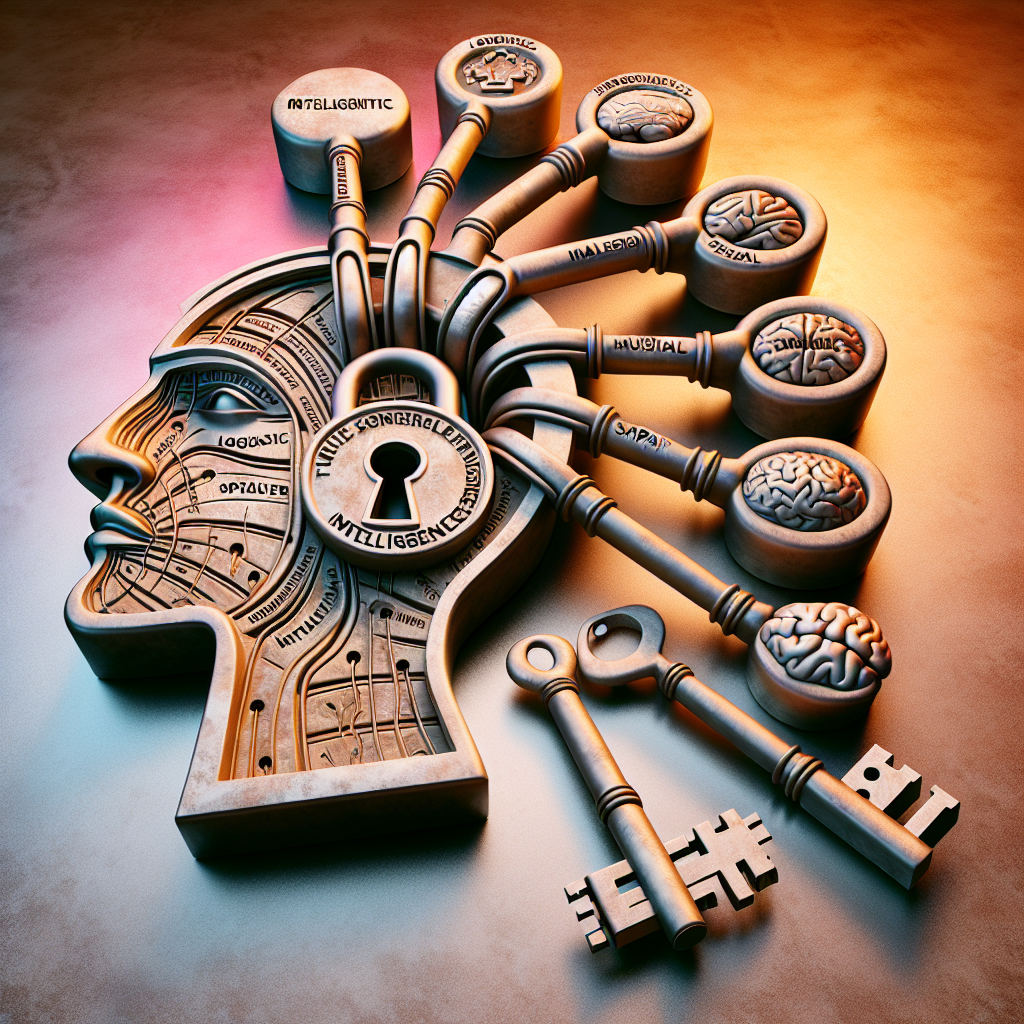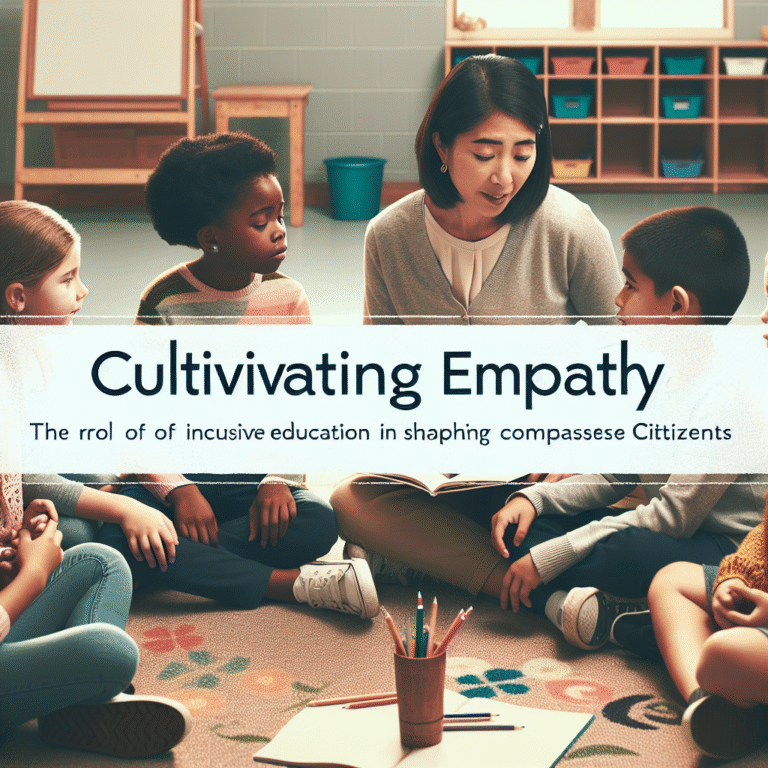
Introduction
In a world increasingly defined by diversity and complexity, the quest for effective education has become more essential than ever. Traditional measures of intelligence, often centered around standardized testing, have long been critiqued for their inability to accommodate the varied ways individuals learn and thrive. Enter Howard Gardner’s groundbreaking Theory of Multiple Intelligences, a paradigm-shifting perspective that offers a more inclusive understanding of human potential. Unlocking Potential: Exploring Howard Gardner’s Theory of Multiple Intelligences is not merely an academic exercise; it is a powerful approach that equips educators, parents, and learners with the tools to recognize and cultivate diverse talents.
The Foundations of Multiple Intelligences
1. Understanding Gardner’s Theory
In 1983, Harvard psychologist Howard Gardner introduced his Theory of Multiple Intelligences, proposing that instead of a single intelligence, humans possess multiple forms that interact and manifest in unique capacities. Gardner initially identified seven intelligences:
- Linguistic Intelligence: Sensitivity to spoken and written language.
- Logical-Mathematical Intelligence: Capacity for deductive reasoning, problem-solving, and mathematical thinking.
- Spatial Intelligence: Ability to visualize and manipulate spatial layouts.
- Musical Intelligence: Sensitivity to rhythm, pitch, and musical patterns.
- Bodily-Kinesthetic Intelligence: Use of one’s body to solve problems or create products.
- Interpersonal Intelligence: Understanding and interacting effectively with others.
- Intrapersonal Intelligence: Self-awareness and reflective understanding of one’s feelings.
Later, Gardner expanded this framework to include Naturalistic and Existential Intelligences, bringing the total to nine. Each type speaks to varying strengths, affirming the idea that intelligence is multifaceted and not confined to a singular narrative of academic success.
2. The Relevance of Multiple Intelligences in Education
The implications of Gardner’s theory are profound within educational contexts. Traditional educational models often prioritize linguistic and logical-mathematical intelligence, potentially alienating students excelling in other areas. By recognizing multiple intelligences, educators can tailor their methodologies, ultimately unlocking potential in students who might otherwise go unrecognized.
Case Study: A Classroom Transformation
Consider the transformation of a middle school classroom that embraced Gardner’s principles. Teachers implemented diverse learning modules catering to various intelligences:
- Group projects allowed Interpersonal Intelligence development through collaboration.
- Art and music integration engaged Musical and Spatial Intelligences.
- Individual reflection journals enhanced Intrapersonal Intelligence.
Students demonstrated increased engagement and improved academic outcomes—an inspiring example of how unlocking potential through diverse intelligences can reclaim disengaged learners.
Real-World Applications of Multiple Intelligences
3. Beyond the Classroom: Workplace Implications
Gardner’s theory extends beyond education into organizational settings, unlocking potential in team dynamics and individual careers. Understanding employees’ unique intelligences can lead to better role assignment, enhanced collaboration, and increased job satisfaction.
Case Study: A Company Reimagines Team Dynamics
A tech firm adopted Gardner’s framework to improve team performance. They used personality tests to identify team members’ dominant intelligences, leading to tailored project assignments. As a result, creativity flourished due to the diversity of thought and skills, demonstrating the real-world impact of unlocking potential in professional environments.
4. Parenting and Multiple Intelligences
Gardner’s insights can significantly enrich parenting approaches. By understanding their child’s specific intelligences, parents can curate experiences that foster their strengths and interests.
Case Study: Nurturing Diversity at Home
A parent noticing her child’s musical inclination encouraged participation in community theater, music lessons, and collaborative arts projects. This allowed her child to flourish creatively while also developing social skills, affirming the notion that unlocking potential is achievable in everyday home life.
Tables and Charts
Summary of Multiple Intelligences
| Intelligence | Description | Activities |
|---|---|---|
| Linguistic | Sensitivity to language | Writing, storytelling |
| Logical-Mathematical | Problem-solving skills | Math games, logic puzzles |
| Spatial | Visualizing spatial relationships | Drawing, building, mapping |
| Musical | Enjoyment of and sensitivity to music | Playing instruments, singing |
| Bodily-Kinesthetic | Using physical body for expression | Dance, sports, acting |
| Interpersonal | Effectively interacting with others | Group work, negotiation |
| Intrapersonal | Self-reflection and self-awareness | Journaling, meditation |
| Naturalistic | Understanding nature and living things | Gardening, animal care |
| Existential | Contemplating deep questions about existence | Philosophy discussions, debates |
Insights into Unlocking Potential
5. Addressing Misconceptions
Despite Gardner’s influential theory, misconceptions remain prevalent. Critics argue that emphasizing differing intelligences could undermine traditional academic achievements. However, the ultimate goal of unlocking potential is not to devalue standard metrics but to enrich them, creating a more holistic view of intelligence.
Conclusion
Unlocking Potential: Exploring Howard Gardner’s Theory of Multiple Intelligences reveals a transformative approach to understanding human capabilities. By acknowledging the diverse intelligences within individuals, we can craft educational, professional, and personal strategies that nurture the unique strengths of every person. Gardner’s work encourages a shift from a one-size-fits-all perspective to a multifaceted appreciation of intelligence, advocating for a future where every learner can thrive.
FAQs
1. What are the different types of intelligences in Gardner’s theory?
Gardner identifies nine intelligences: linguistic, logical-mathematical, spatial, musical, bodily-kinesthetic, interpersonal, intrapersonal, naturalistic, and existential.
2. How can teachers implement Multiple Intelligences in their classrooms?
Teachers can develop a diverse curriculum incorporating varied activities that cater to different intelligences, such as group projects, arts integration, and reflective assignments.
3. Can Multiple Intelligences apply outside of education?
Absolutely! Organizations and parents can harness these insights to enhance team dynamics and support children’s unique talents.
4. Is it possible for individuals to develop multiple intelligences?
While individuals may have dominant intelligences, learning approaches can nurture and develop a broader range of skills over time.
5. How does Gardner’s theory benefit diverse learners?
By recognizing various intelligences, Gardner’s theory fosters an inclusive environment where all learners can engage, thrive, and realize their full potential.
In embracing Gardner’s insights, we lay the groundwork for a future where every individual can shine, transforming the landscape of learning and development in profound and lasting ways.

















